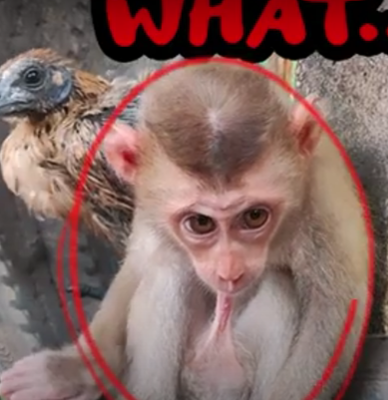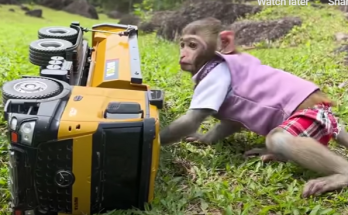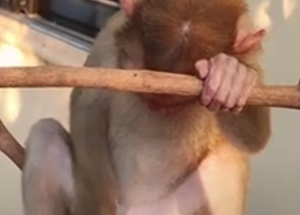Certainly! Here’s an expanded 500-word version of a piece titled “Monkey What?” along with a new, engaging title.
Original Title: Monkey What?
Expanded Version:
“Monkey What? Exploring the Fascinating World of Our Primate Cousins”
When you hear the phrase “Monkey What?”, it might evoke curiosity or confusion. This seemingly simple question opens the door to a vast and intriguing world of primates, their behaviors, habitats, and the vital roles they play in our planet’s ecosystems. Monkeys are among the most recognizable and diverse groups of animals, captivating humans for centuries with their intelligence, agility, and social complexity.
Monkeys are primates belonging to the infraorder Simiiformes, which also includes apes. They are generally divided into two broad categories: New World monkeys and Old World monkeys. New World monkeys, such as capuchins, howler monkeys, and tamarins, are native to Central and South America. They often have prehensile tails, which they use as an additional limb for grasping and swinging through trees. Old World monkeys, including baboons, macaques, and colobus monkeys, are found in Africa and Asia. They typically have non-prehensile tails and are adapted to a variety of habitats, from forests to savannas.
Understanding “what” monkeys are involves exploring their physical characteristics, behaviors, and ecological significance. Monkeys vary greatly in size, color, and social structures. For example, the tiny pygmy marmoset measures just about 4.6 inches long, while the mandrill, one of the largest monkeys, can reach up to 3.3 feet in length. Their fur can range from shades of brown, gray, black, to vibrant hues in some species. Their intelligence is remarkable; many monkeys use tools, communicate through complex vocalizations, and exhibit social behaviors that demonstrate cooperation, hierarchy, and even deception.
One of the most fascinating aspects of monkeys is their social life. Many species live in large troops that can number from a handful to several hundred individuals. These social groups are structured with defined hierarchies, often led by dominant males or females. Grooming is a common activity among monkeys, serving not only for hygiene but also as a social bonding ritual. Their social structures help protect them from predators, aid in finding food, and facilitate raising offspring.
Monkeys are also crucial to their ecosystems. They are seed dispersers, helping to maintain forest health by spreading various plant species. Their foraging habits influence the composition of their habitats, making them integral to environmental balance. Unfortunately, many monkey species face threats from habitat destruction, illegal pet trade, and hunting. Conservation efforts are vital to protect these intelligent creatures and ensure their survival for future generations.
In conclusion, “Monkey What?” might seem like a simple, bewildered question, but it leads us into a complex and awe-inspiring world. Monkeys are not just playful animals in the trees; they are intelligent, social, and ecologically vital beings. Understanding them helps us appreciate the richness of life on Earth and underscores the importance of conserving their habitats. So, the next time you wonder “Monkey What?”, remember that these remarkable primates have much to teach us about adaptation, community, and the delicate balance of nature.
New Title Suggestions:
- “Unveiling the Mysteries of Monkeys: Nature’s Intelligent Primates”
- “Monkey Matters: Exploring the Lives and Significance of Our Primate Relatives”
- “From Tails to Hierarchies: The Fascinating World of Monkeys”
- “Monkey Mysteries: Understanding the Behavior and Ecology of Primates”
- “The Curious Case of Monkeys: Nature’s Playful and Intelligent Creatures”
Would you like me to help with anything else?



